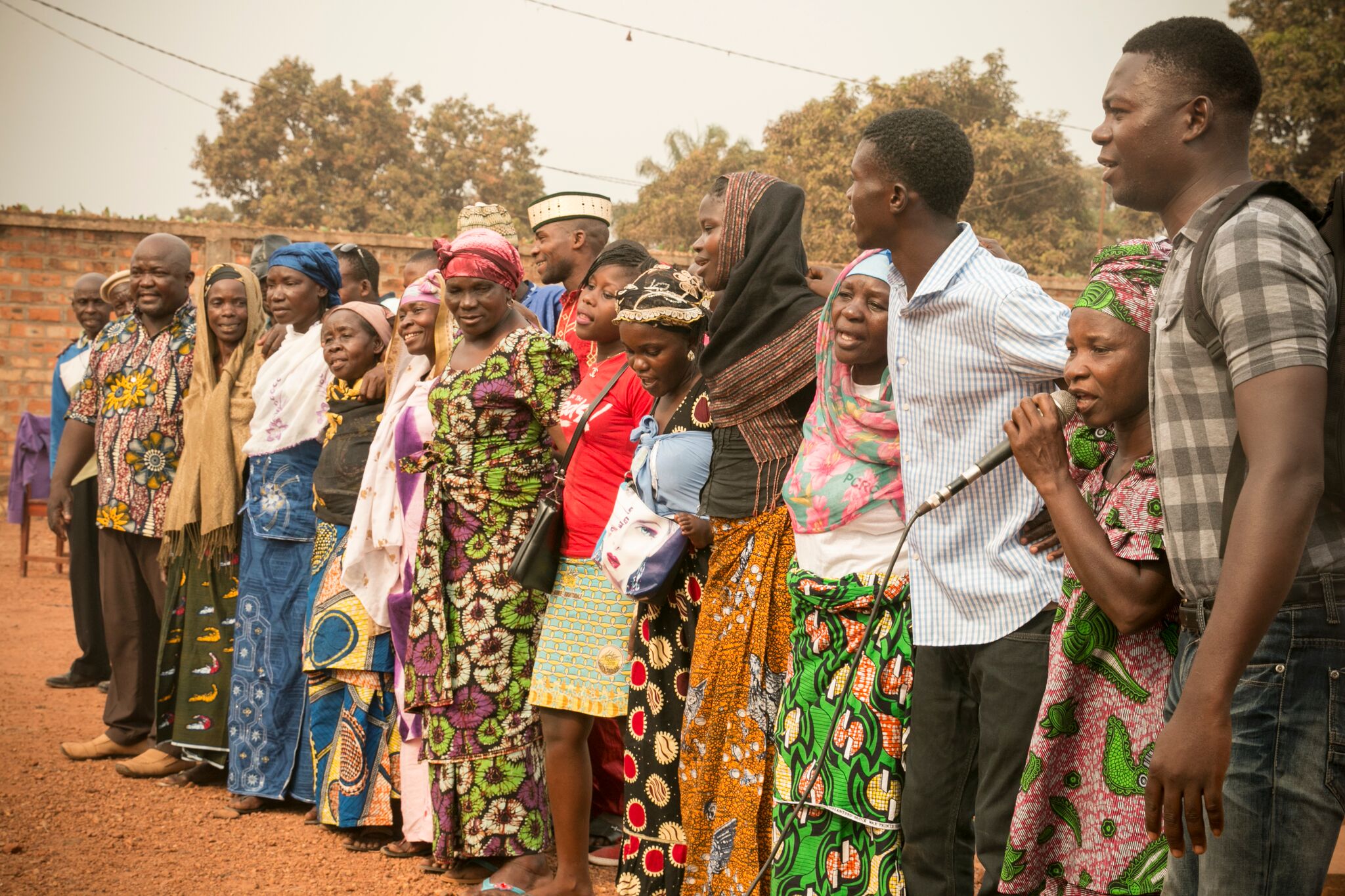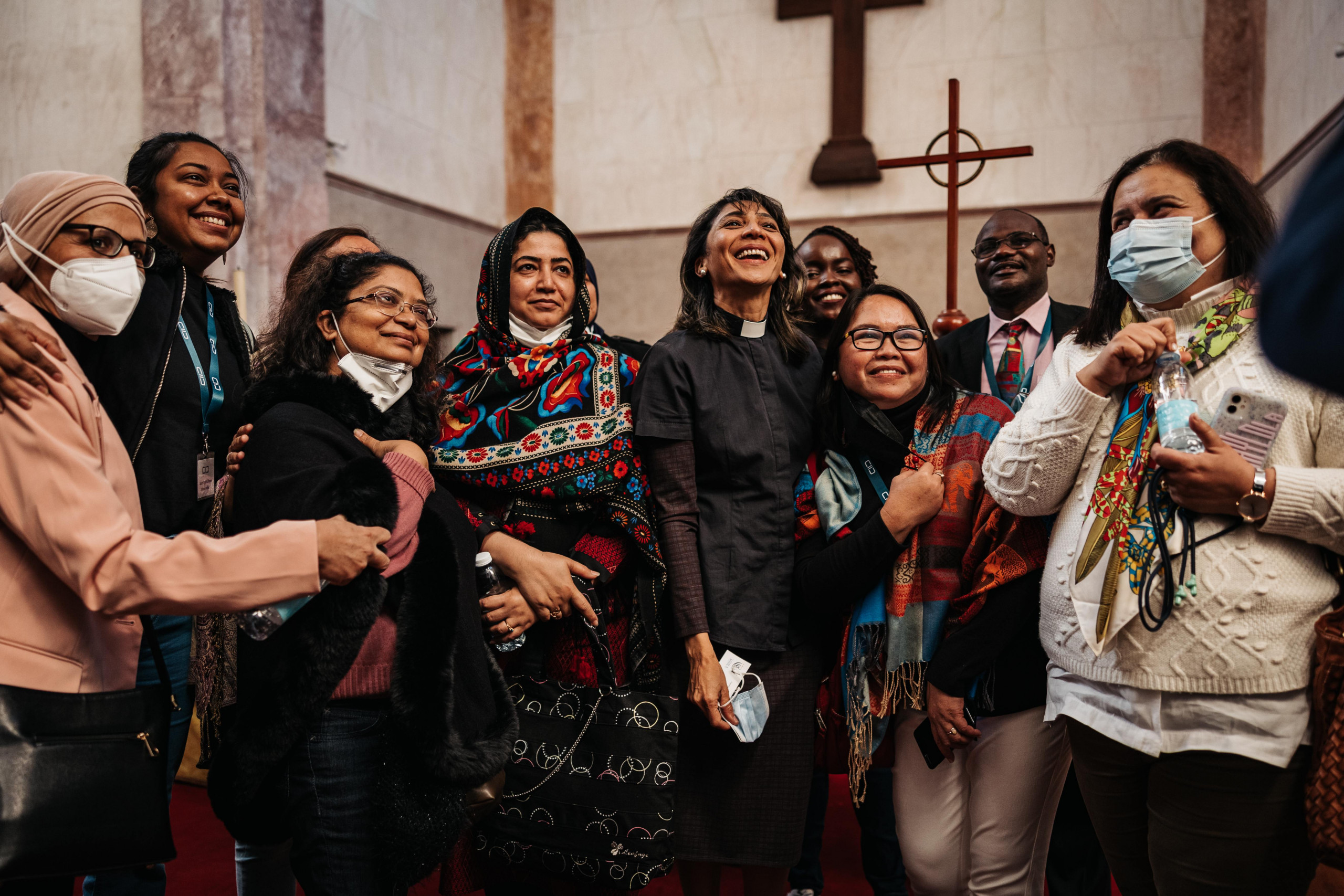Dialogue Voices
The Dialogue Voices are personal accounts of interreligious commitment and experience. They show approaches to, and forms of, interreligious dialogue, and its impact and context on a local, national, or global level. They represent a cross-section of dialogue experiences and its impact worldwide.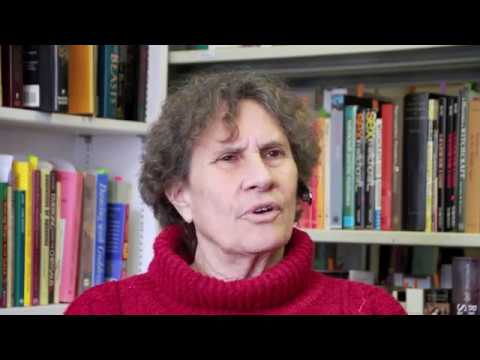
Bringing people to the North American Red Woods
Rachael Watcher explains the purpose behind the establishment of the North American Interfaith Network and her personal approach to interfaith.
North American Interfaith Network is located in California, USA. It covers the United States and Canada. The original leaders of the network thought it would be a good idea to connect with representatives of other faiths. They initially hosted a national gathering which proved to be successful and out of this came the North American Interfaith Network. Rachael Watcher speaks about her experience of bringing people to the North American Red Woods, which is her sacred space as a Wiccan. She goes on to explain that she does not think that interfaith dialogue is for everyone, however she does believe that it should be taking place on some level.
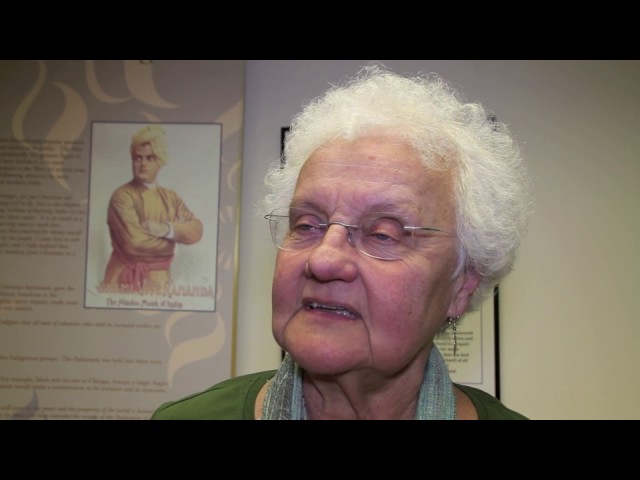
Towards a more peaceful community with the Parliament of World’s religions
Mary Nelson describes what she loves about the Parliament of the World’s Religions and the need for youths to be involved in interfaith activities.
The Parliament of the World’s Religions aims to bring harmony between the various religious groups, faiths, and spiritual traditions in a way that works towards a more just, sustainable, and more peaceful community. This organization’s niche lies in operating a parliament that is not just another meeting or conference but rather it is a way of coming together to find solutions to the pressing issues of our times and to experience each other’s faiths in a genuine way.

Youth involvement in interfaith activities in Tanzania
Ngaira Mandara explains why he got involved in the interfaith field and why it is important to involve the youth in interfaith dialogue. He also goes into detail about a successful activity he uses to promote peacebuilding amongst the youth.
Tanzania Youth Interfaith Network is a faith based organization focused on cooperating in peace building and national unity for the national development. Ngaira Mandara explains that he got involved in the interfaith field because he was interested in hearing the opinions of people from different religious backgrounds on peace issues. He feels that it is important to involve the youth in interfaith dialogue in order to educate young people and to overcome stereotypes about different religious groups and cultures. Youths in this network also discuss topics such as entrepreneurship in order to promote peace building and to involve themselves in their community. The youths also participate in a fun activity by making music that has a message of peace.
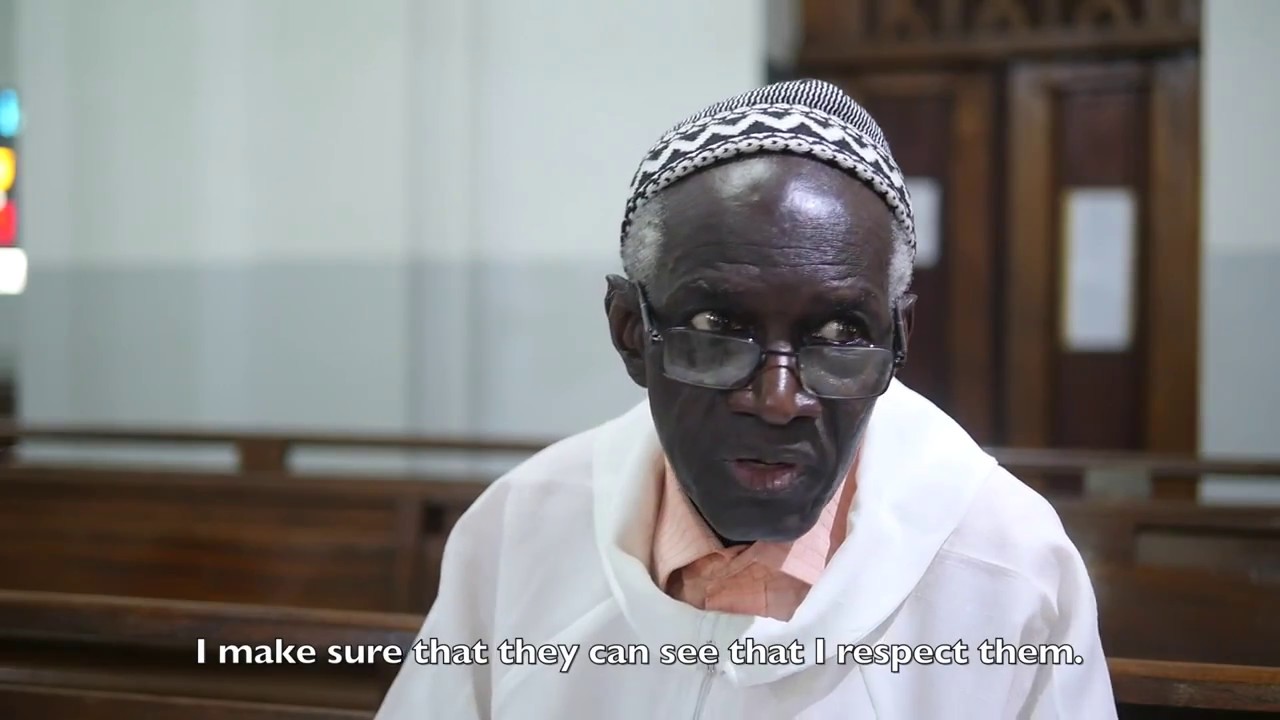
Different faith communities in Senegal
Jacques Seck speaks about his background and his interactions with Animists, Christians and Muslims in Senegal.
Jacques Seck became a Christian after fifteen years of being an animist. He speaks about his respect for Islam, and the respect he receives from the Islamic community of Senegal for his knowledge of Islam and its holy book. Jacques Seck also speaks about encountering pious individuals full of humanity and respect in Senegal from the different faith communities. He points out that Senegal is fortunate because people refuse to be divided over faith.
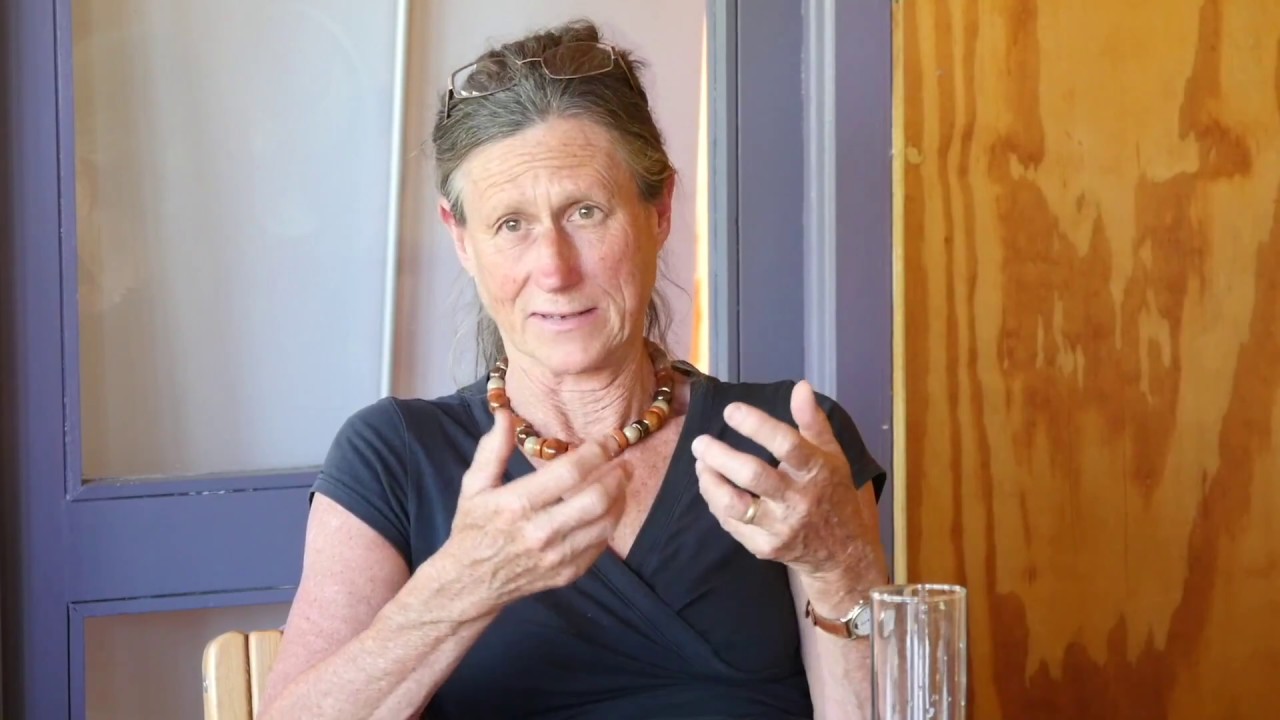
Bringing people together on the cause of the environment in South Africa
Kate Davis explains how nature is a great starting point for bringing people together. She also speaks about South Africa’s tradition of interfaith work as well as the challenges of introducing eco-justice to religious leaders.
Southern African Faith Communities’ Environment Institute (SAFCEI) has been working to raise faith leaders awareness about the environment and to stress that the link between social wellbeing depends on planetary wellbeing. SAFCEI also focuses on workshops that come up with more sustainable solutions for cultural and religious practices that have a negative impact on the environment.
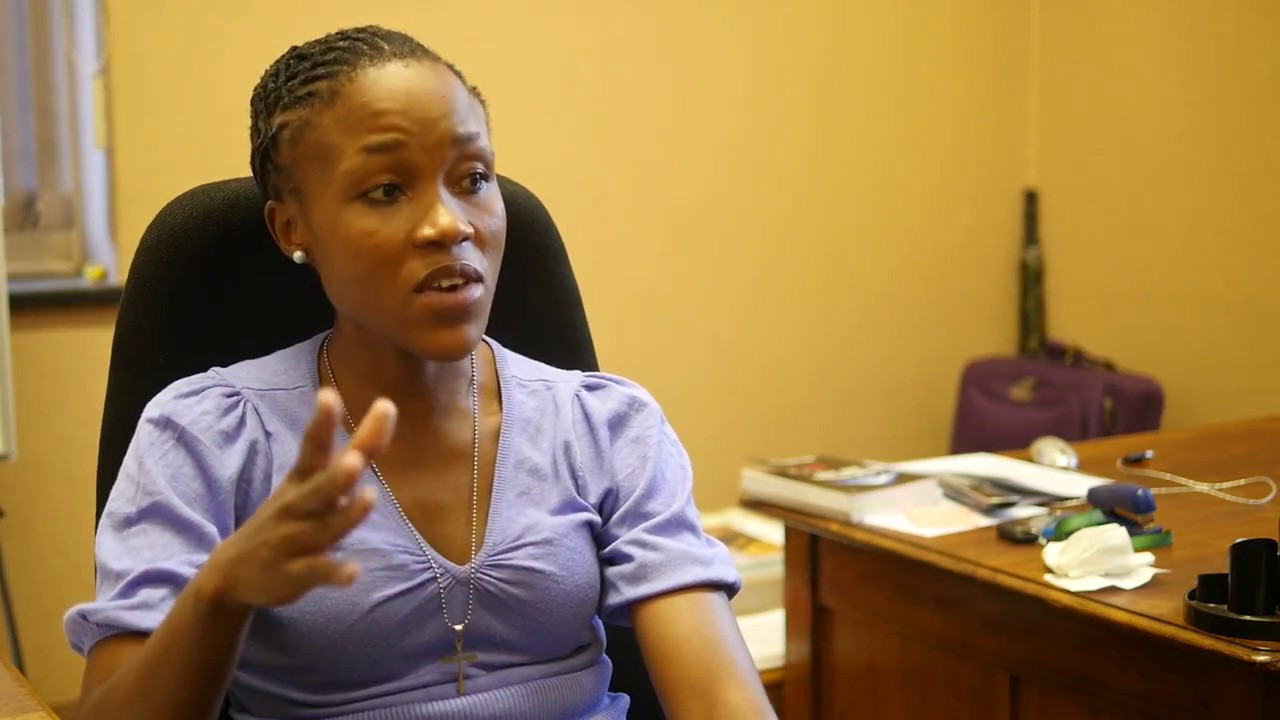
Raising awarness about the environment through Interfaith Networks in South Africa
Lydia Mogano speaks about the connection between interfaith dialogue and climate change and raising awareness about the environment through interfaith networks.
Southern African Faith Communities’ Environment Institute (SAFCEI) raises awareness about climate change through a multi-faith network called the ‘We have Faith Campaign’. SAFCEI works with faith leaders and communities. It also hosts workshops to raise awareness about environmental issues and how it affects people’s everyday lives. Lydia Mogano as a regional coordinator for nine countries facilitates the knowledge of faith leaders around advocacy and policy in line with the UN framework on climate change.
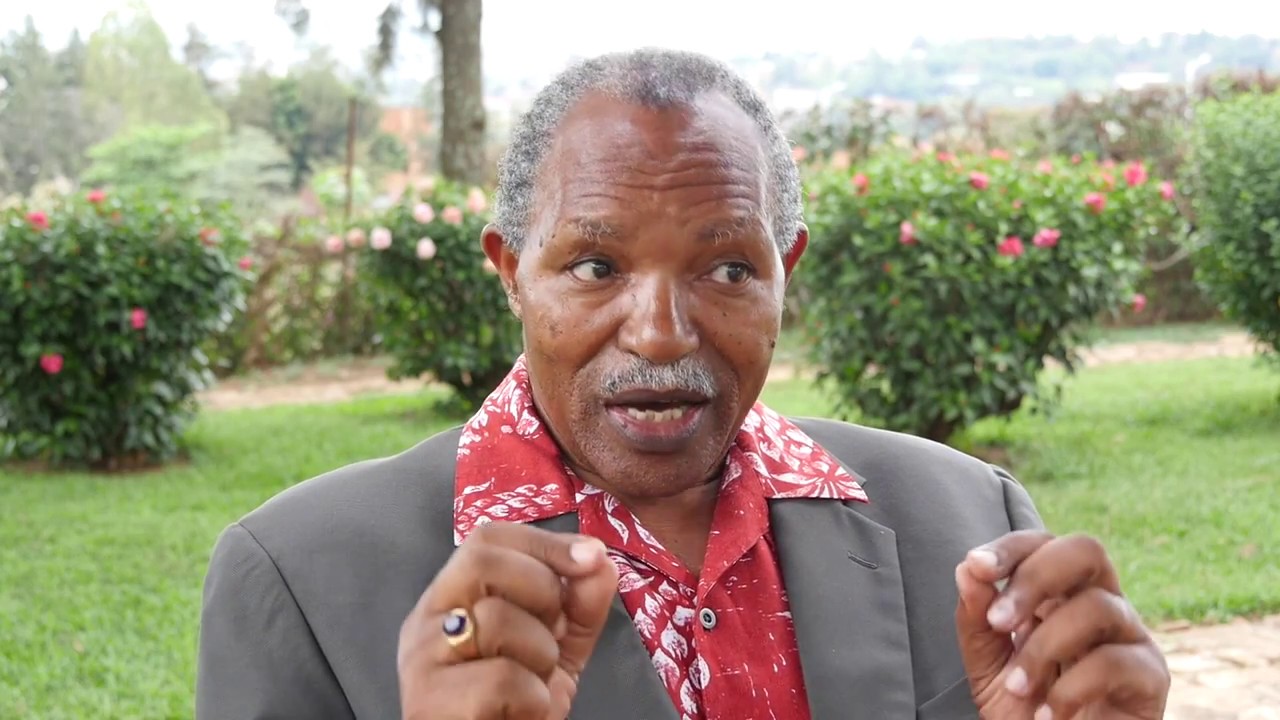
Interfaith Commission of Rwanda
Emmanuel Kolini recounts how interfaith dialogue in Rwanda developed. He also speaks about a reintegration program that was significant to his work in interfaith dialogue.
The Interfaith Commission of Rwanda promotes unity and reconciliation amongst the different communities of Rwanda. One of the activities which is carried out by the Interfaith Commission of Rwanda is a reintegration program for ex-prisoners who meet the survivors of the Rwandan genocide. This activity is facilitated through faith and joint prayer involving Muslims and Christians.
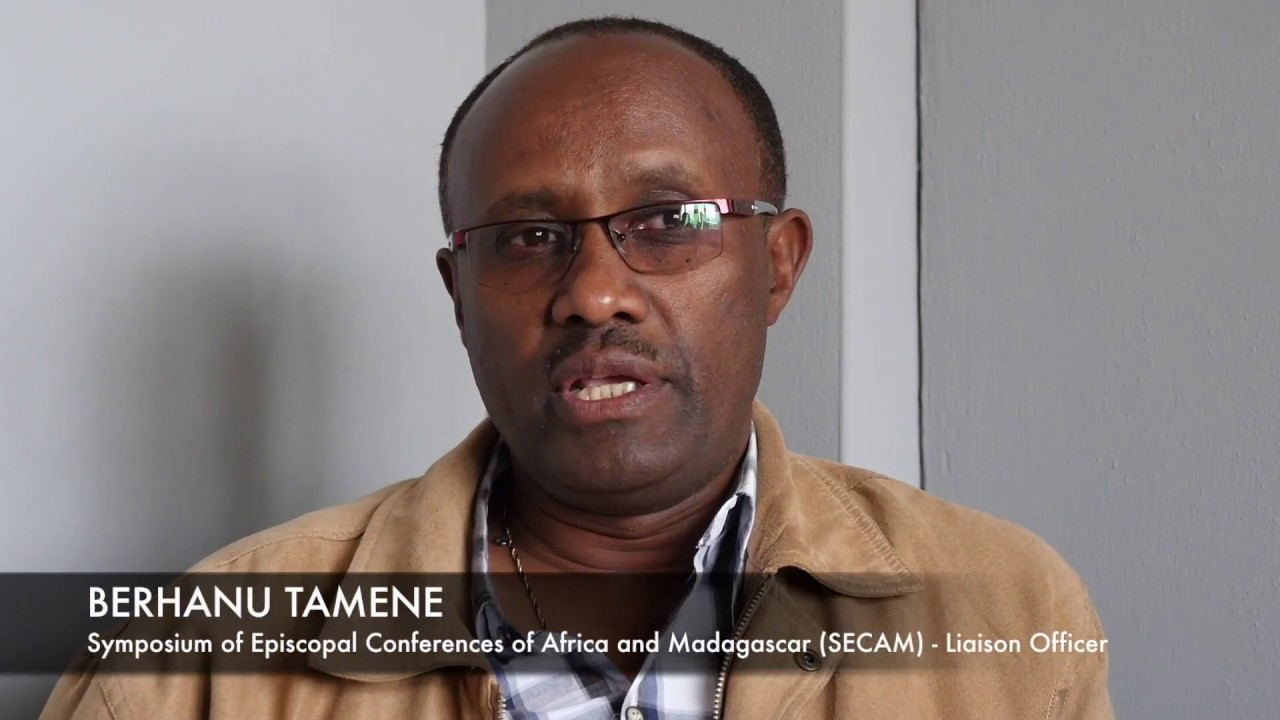
Interfaith Dialogue in Ethiopia
Berhanu Tamene explains the ambitions of the Symposium of Episcopal Conferences of Africa and Madagascar and the aspects that are important to interfaith dialogue.
The Symposium of Episcopal Conferences of Africa and Madagascar (SECAM) was founded by bishops, cardinals, and priests who were sympathetic to the ideas of Pan-Africanism. Specifically, the idea of uniting people as one body to work towards prosperity, progress, peace and justice for all. Berhanu Tamene discusses one of the strategies used by SECAM at the grassroots level in order to avoid conflict and incidents through the teaching of the interreligious council’s peace building manual, which is designed for use by all faiths.

